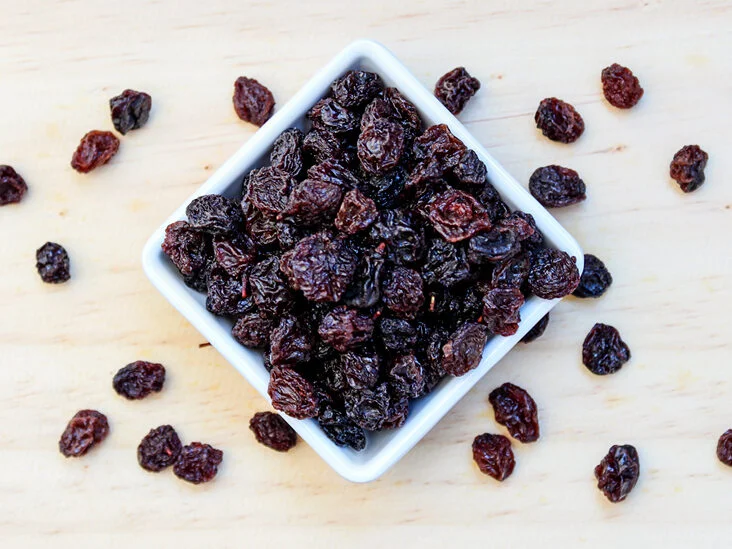Raspberries

Raspberries belong to the rose family of plants which houses other fruits including apples, apricots, blackberries, cherries, peaches, strawberries and pears. Raspberries are the third most popular berry among US consumers. There are 200 species of raspberries and can be placed in three groups, red raspberries, black raspberries, and purple raspberries.
Mature red raspberries can typically be identified by the shade of red in their color, although this red may veer toward the pinkish side. Black raspberries may actually be dark enough to be indistinguishable from blackberries in terms of color. Purple raspberry is one in which reds and blacks have been naturally combined.
Raspberries have been long attributed to their anticancer benefits because of the antioxidant and anti-inflammatory phytonutrients. These phytonutrients are provided in amounts that protect against oxidative stress and the dangers of excessive inflammation.
By helping to scavenge free radical molecules, and by helping to regulate the activity of enzymes that could trigger unwanted inflammation, the phytonutrients in raspberries help lower our risk of chronic diseases that are associated with chronic oxidative stress and chronic inflammation. These chronic diseases include obesity, type 2 diabetes, hypertension, and atherosclerosis.
The ellagic acid found in raspberries serves as an anti-inflammatory compound. This phytonutrient has been shown to help prevent over activity of certain pro-inflammatory enzymes (including cyclo-oxygenase 2, or COX-2) as well as their overproduction. Raspberries are also high in vitamin c, folate, fiber, Vitamin K, biotin, magnesium, copper and omega- 3 fats.
Reference
World’s healthiest foods (2016). Raspberries. Retrieved from http://www.whfoods.com/genpage.php?tname=foodspice&dbid=39










